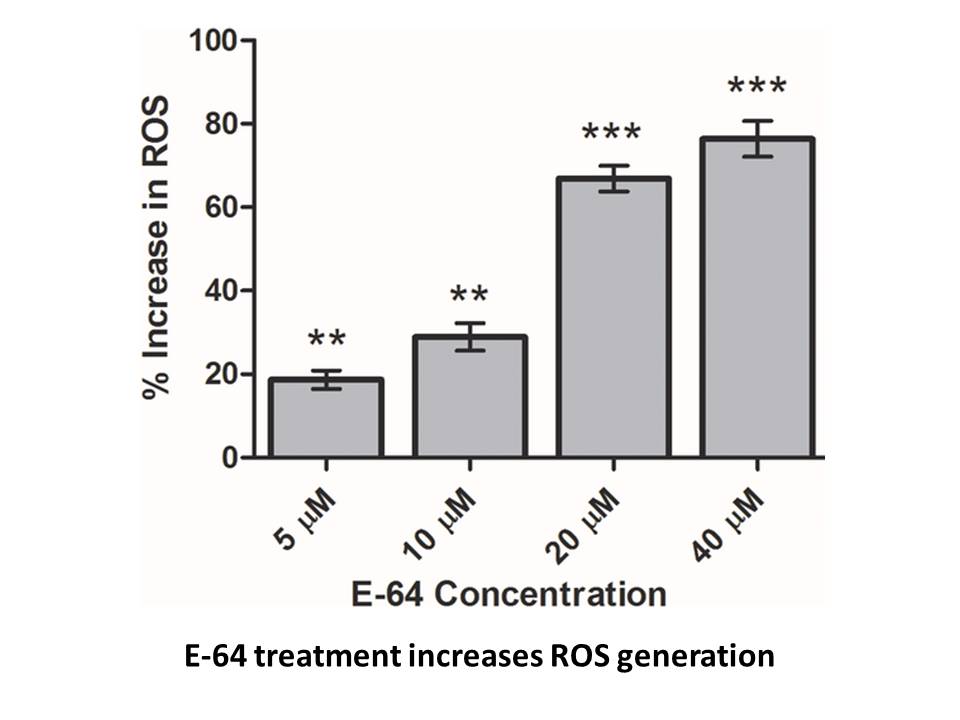Archives
- 2025-12
- 2025-11
- 2025-10
- 2025-09
- 2025-03
- 2025-02
- 2025-01
- 2024-12
- 2024-11
- 2024-10
- 2024-09
- 2024-08
- 2024-07
- 2024-06
- 2024-05
- 2024-04
- 2024-03
- 2024-02
- 2024-01
- 2023-12
- 2023-11
- 2023-10
- 2023-09
- 2023-08
- 2023-06
- 2023-05
- 2023-04
- 2023-03
- 2023-02
- 2023-01
- 2022-12
- 2022-11
- 2022-10
- 2022-09
- 2022-08
- 2022-07
- 2022-06
- 2022-05
- 2022-04
- 2022-03
- 2022-02
- 2022-01
- 2021-12
- 2021-11
- 2021-10
- 2021-09
- 2021-08
- 2021-07
- 2021-06
- 2021-05
- 2021-04
- 2021-03
- 2021-02
- 2021-01
- 2020-12
- 2020-11
- 2020-10
- 2020-09
- 2020-08
- 2020-07
- 2020-06
- 2020-05
- 2020-04
- 2020-03
- 2020-02
- 2020-01
- 2019-12
- 2019-11
- 2019-10
- 2019-09
- 2019-08
- 2018-07
-
However in recent years advanced
2024-11-05

However, in recent years advanced experiments and findings are emerging to give us more detailed information on Aβ-membrane interactions. Several reviews have provided background on the fibrillation of Aβ and the Aβ-membrane interactions [[18], [19], [20], [21], [22]]. In this review, we mainly focu
-
br STAR Methods br AMPK A Therapeutic Target in the
2024-11-05

STAR★Methods AMPK: A Therapeutic Target in the β Cell? Loss of pancreatic β cell function is a hallmark of the transition to a diagnosis of T2DM (see Glossary) 1, 2, 3, 4. AMPK activation has gained attention for the treatment of hyperglycemia in prediabetes as an insulin-sensitizing agent bec
-
br Author contributions br Financial disclosures br Acknowle
2024-11-05

Author contributions Financial disclosures Acknowledgements We thank Ms. Eva So for the editorial assistance. This work was supported by grants from the National Natural Science Foundation of China (No. 81622015, 81571042 and 81501143) and the National Basic Research Program of China (No. 2
-
br Materials and met http www apexbt
2024-11-05

Materials and methods Results The values for body weight are shown in Fig. 1. Body weight was measured every day. The body weight of the young mice in the control (i.e. no-stress) group was not significantly different from that of the young mice in the stress group. However, the middle-aged mi
-
br Results br Discussion To achieve quantitative understandi
2024-11-05

Results Discussion To achieve quantitative understanding of Clonidine HCl mg turnover, we utilize rapidly moving lamellipodial fragments that are geometrically simple, structurally homogeneous, and persistent, and measure relevant rates and concentrations in this system. We find that the lame
-
br Discussion The clinical course
2024-11-05

Discussion The clinical course of our patient until May 2012 was rather typical of early onset AChR-MG. Later on, the pattern of the disease was more typical of MuSK-MG, as evidenced by the distribution of myasthenic weakness and the unprovoked exacerbations. The Cisatracurium Besylate of MuSK-MG
-
br Experimental Procedures Additional information can be
2024-11-04

Experimental Procedures Additional information can be found in Supplemental Experimental Procedures. Author Contributions Acknowledgments We thank all members of Lab of Health Chemistry for helpful discussions. This work was supported by Grant-in-Aid for Scientific Research (KAKENHI) from
-
As aforementioned this study aimed to
2024-11-04

As aforementioned, this study aimed to design, synthesize and investigate aromatase inhibitory and anti-breast cancer activities of N,N′-disubstituted thiourea derivatives. Based on the attractive phenotypic molecule 1, the synthetic N,N′-disubstituted thioureas have been designed including monothio
-
Wound healing without blastema formation causes partial rest
2024-11-04

Wound healing without blastema formation causes partial restoration of lost tissue, and gives rise to fibrotic scars. Healing by fibrotic scarring rather than by regeneration leads to tissue dysfunction, and can place a huge burden for the health of the animal [4]. Therefore, understanding the molec
-
Bamboo the fastest growing multipurpose woody plant with
2024-11-04

Bamboo, the fastest growing, multipurpose woody plant with a myriad of industrial and domestic uses is intricately associated with the cultural, social and economic conditions of people in many Asian countries. Its uses are not only limited to being used as a substitute for wood in construction, fur
-
Protein microarrays represent just one of a variety
2024-11-04

Protein microarrays represent just one of a variety of experimental approaches that can be used to generate datasets of relevance to pathway mapping. Other approaches include protein Piroxicam profiling techniques, such as antibody arrays [29], tissue arrays [30] and 2-dimensional gel electrophores
-
br HIF Signaling in AA Therapy Resistance
2024-11-04

HIF-α Signaling in AA Therapy Resistance An important result emerging from Phase 3 clinical trials testing AA therapies is improvement of progression-free survival (PFS) that is not accompanied by enhanced overall survival (OS) [26]. This dichotomy has been attributed to mechanisms of acquired re
-
The electrokinetic remediation technique is carried
2024-11-04

The electrokinetic remediation technique is carried out with a low-level direct current, and the pollutants in soil can be transported and removed by the electric field [19]. This works well even in soil with low permeability via electro-osmotic flow and electro-migration [20]. The electrokinetic pr
-
Kidney contributes importantly to the long
2024-11-04

Kidney contributes importantly to the long-term blood pressure control via regulating sodium homeostasis. Renal proximal tubule (RPT) is one of the most critical segments for sodium reabsorption within kidney and therefore involved in blood pressure adjustment. This process is regulated by numerous
-
CHC receptor br Discussion Herein we demonstrate that mice
2024-11-04

Discussion Herein, we demonstrate that mice deficient in L-12/15 LO are more sensitive to 3-NP-induced toxicity although a substantial individual variability in striatal lesion size in response to 3-NP in both genotypes was observed. This variability is not atypical; several studies demonstrate s
14252 records 62/951 page Previous Next First page 上5页 6162636465 下5页 Last page